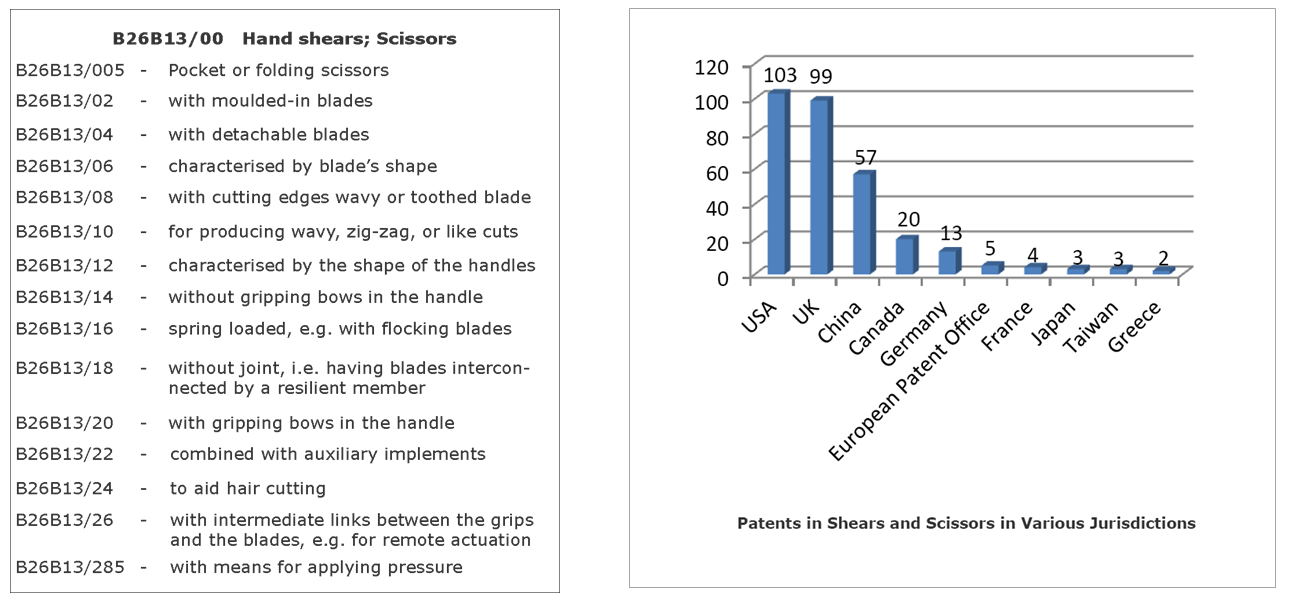Intellectual property in general and patents, in particular, have come to be realised as an important part of business strategy all over the world now. Patents are by nature competitive instruments – they keep your competitors away from practicing your invention. Much like chess pieces, your patents can be used to force your competitors to change their products, their market strategy, and more. This, however, assumes that you have already protected competitively the valuable space that your competitors might have used.
This is all too well known to the corporate sector and the multi-national corporations who play this game, known as ‘Competitive Intelligence’ conscientiously. We need to, however, focus our attention on small businesses, generally referred to as SMEs in many countries. SMEs in India are often looked at along with micro enterprises and the Government overviews the entire registered as well as unregistered sectors which together contribute more than 7% of the Indian GDP equivalent to more than 37.33% of the total manufacturing output. The total number of SMEs together with micro units as well as medium scale enterprises stand at ~36 million as per the last census for which data was collected up to 2009 as per the Annual Report of Ministry of Micro, Small and Medium Enterprises (MSMEs), Govt. of India available on the website of the ministry. MSMEs in India is focusing on to make the country’s MSME sector aware of Intellectual Property Rights (IPR) – an area in which they are lagging far behind their global peers. It has been recognised that the MSME sector shows ignorance and lack of awareness about IPR activities. In addition, the kind of negative knowledge and suspension about the value of IPR spread among these small and micro enterprises makes the work of promotional and governmental agencies more challenging.
No wonder, therefore, this sector has attracted a great deal of attention of policy makers at the highest level in recent years including a few National Task Forces to examine the issues related to credit availability, marketing, skill enhancement, and training. These high level exercises have paved the way forward for enhanced interaction between the Centre and State Governments to adopt policies, programmes and best practice to provide further growth to employment, productivity and competitiveness through MSMEs. Many well known industrial associations, state governments across the country have taken active steps to establish ‘Patent Facilitation Centres’ in different parts of the country. These centres seem to be registering steady growth in number of patent applications being facilitated for interested parties having made certain innovations. However, the numbers of patent applications filed by SMEs in India still defy the overall potential looking at the gigantic scale at which small and micro scale industry in organised and unorganised sectors are spread throughout the country in diverse fields.
Unlike in many countries, the Indian SMEs are defined as small, medium or micro scale units based on the investment in plant and machinery instead of on the basis of number of employees. Thus, for someone who is not familiar with the structure of small enterprises in India, it might be difficult to visualise the type of industrial units we are talking about. To help visualise the segment under reference, we may consider the data on ‘Emerging SMEs of India’ in auto-components sector provided on the website of Dun & Bradstreet Information Services. It covers a data of about 370 companies, of which 160 enterprises qualify to be called as SMEs having investment in plant and machinery of less than Rs. 50 mn as per the definition of the Govt of India. Of these, 130 units have on an average of less than 45 employees and among them with as many as around 10 and the remaining 30 around 100. The remaining 210 are said to be medium scale enterprises having 100 – 500 employees each and a few of them 1000 or more.
The Indian auto component industry is one of the fastest growing industries in India and has a distinct global competitive advantage in terms of cost and quality. From being essentially a domestic market supplier, it is poised to become a global auto parts supplier as many auto majors are known to outsource their requirement of Original Equipment Manufacturer (OEM’s) from India.
In the context of patents and other forms of ‘intellectual property’, the general scenario of patents and IP with regard to small businesses in India continues to be sluggish in spite of robust growth in some sectors, such as that in auto components sector. Besides, auto components, there are number of other areas in which SMEs have set their foothold to meet the domestic demand but cannot gain international competitiveness for various reasons. These industries have grown and thrived into large clusters in many towns, sometimes as result of proactive Government promotional measures. Some of the well known industrial clusters are shown in the following tables.

Policy makers in India as elsewhere are keen to see their SME sector taking more and more interest in IP matters. Establishing IP Facilitation Centres and providing financial incentives for the needy is only a part of the solution. What is really needed is to incite the interest of industry to innovate, to find needed technical solutions and develop newer products and processes that would enhance their global competitiveness. The moot question is how do we do that?
The answer to the above question comes from the patent data itself. Fortunately, the patent data and information all over the world is so well organised that we can collect all useful information from published patent documents at will for any sector very easily. Patent searching is commonly employed by corporate sector to develop newer products without infringing on claims of others to maintain their competitive edge. SMEs can, however, search and use the information contained in patents in public domain to gauge their standing in global competition and to see how well they can differentiate the uniqueness of their products from their competitors elsewhere. And, of course, the data thus collected in a given field across various jurisdictions and timescale provide a great learning to SMEs. While many SMEs may be short of skills and resources to do these exercises by themselves, yet well endowed industrial associations and Government agencies can very well undertake these tasks. These agencies may target enhancing the competitiveness of an entire industrial cluster by generating patent landscape reports of relevant sectors and create awareness about the findings among the members of relevant SME sectors. With growing interest, further patent landscape reports could be generated in narrow specialization. The new knowledge would then help the SMEs with appropriate skills and experience to embark on inventing newer and better products than before.
As an example, we can resort to ‘Cooperative Patent Classification’ which is in vogue now. For example, the relevant class for ‘Hand shears and scissors’ happens to be B26B13/00 with which we can search the patent documents from any public databases of patents freely accessible on the internet, e.g., that of USPTO, Europe etc. Searching through this classification, we can find a number of sub-classes of the main class categorised into specific narrow fields as shown above. Depending on the interest in narrow or broad areas of field, we can access various patent documents and download on our computer. The patent collection can then also be analysed in various different ways besides looking at technical features of specific patents of interest. For example, when a collection of some 300 odd patents is obtained, the same can be sorted and a geographic spread of patent activity in this field can be seen as shown in the figure.
In conclusion, there is no other better way to get the ignorant industry in SME sector interested in making inventions is by bringing out the hidden treasure in the patent data itself.

 Dr Rajendra Prasad is CEO of Merit India Consultants Pvt Ltd. and founder of web-platform Technology-Patent.Com to offer full range of services in patent searching, drafting, filing and prosecution in addition to valuation of patents and commercialization of technologies. He has a Ph.D. in Chemistry from Banaras Hindu University and also completed M.Sc. (Technological Economics) (equivalent to MBA) from University of Stirling, United Kingdom. He holds a certificate in IPR Management from Indian Law Institute, New Delhi and is designated as Scientific Advisor to Controller of Patents & Trade Marks.
Dr Rajendra Prasad is CEO of Merit India Consultants Pvt Ltd. and founder of web-platform Technology-Patent.Com to offer full range of services in patent searching, drafting, filing and prosecution in addition to valuation of patents and commercialization of technologies. He has a Ph.D. in Chemistry from Banaras Hindu University and also completed M.Sc. (Technological Economics) (equivalent to MBA) from University of Stirling, United Kingdom. He holds a certificate in IPR Management from Indian Law Institute, New Delhi and is designated as Scientific Advisor to Controller of Patents & Trade Marks.
He superannuated as Advisor & Head of International Affairs from India’s largest public funded research agency, CSIR. Starting as a bench scientist, he rose to be part of senior management at the CSIR headquarters before being designated as Head of International Affairs. He has also been Principal Scientific officer in DSIR, Ministry of Science & Technology and Advisor & Technology Projects Manager in the British Council for some years. He has also served as Consultant to World Bank to advise the Government of Mozambique on measures to strengthen science, technology and innovation.



